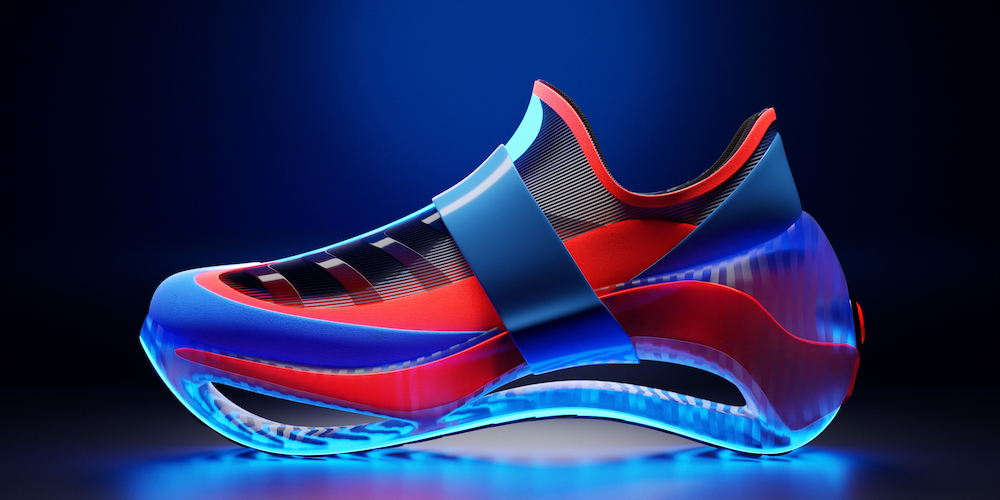Are 'Super Shoes' considered 'technical doping'?

2023-10 Terms like ‘super shoes’ or ‘trampoline spikes’ have previously been used in media articles to describe the advancements in sportstech materials used in footwear. A range of advanced materials including fibers & textiles, composites, foam, thermoplastics and elastomers are being combined to protect, permit or enhance athlete performance.
Technology helping athletes to break records
The controversy of advanced sport equipment, footwear or apparel not only protecting or enabling athlete performance but potentially providing an unfair advantage, is not new or unique to running. In early 2010, World Aquatics, which was formerly known as the Fédération Internationale de Natation (FINA), as world governing body for all aquatic sports banned high-tech swimsuits from being used in competition. At the time, it was determined that the polyurethane-based, full-body swimsuits provided a lifting effect in the water (‘buoyancy’) which was deemed to give athletes an unfair advantage. Often such unfair advantage has been termed 'technical doping'.
Material selection in footwear design
For some time, advanced materials have been used in shoe design from the outsole, mid- to innersole. Different shock absorbing materials ranging from rubber, foam, gel and thermoplastic polyurethane have been introduced. In addition, as capabilities in additive manufacturing, like 3D printing or knitting, continue to develop further, complex three-dimensional structures or elastic plates have been incorporated into the design of an ever-more sophisticated combination of shoe soles and light-weight uppers. Expanded thermoplastic polyurethane closed-cell beads of low density and high elasticity have been incorporated into midsole designs. In addition, complex 3-dimensional lattice structures have been designed to generate forward motion and reduce peak breaking forces.
Source: The Wall Street Journal - The Future of Custom Sneakers is 3-D Printed (YouTube) [1]
Other athletic footwear brands have focused on combining a full-length carbon-fiber plate with other materials. Scientists at the University of Colorado, Boulder analysed footwear designed for long-distance running which combined a resilient midsole material with a stiff embedded plate. The 2017 study predicted that in "these shoes, top athletes could run substantially faster and achieve the first sub-2-hour marathon" [2].
Source: The Wall Street Journal - The Controversy behind Nike's Vaporfly Running Shoe [3]
Sports governance and regulatory framework
The governing body for track and field, World Athletics, maintains a detailed regulatory framework providing controls over equipment, apparel, footwear and surfaces. Rule 143 states that “athlete may compete barefoot or with footwear on one or both“. The “purpose of shoes for competition is to give protection and stability to the feet and a firm grip on the ground” but “must not give athletes any unfair assistance or advantage “. In addition, any shoe “deemed a prototype is not permitted“. Accordingly, researchers at the University of Michigan School of Kinesiology in Ann Arbor suggested to regulate dimensional characteristics of running shoes [4].
Additional information
If you are interested to understand further details in relation to the technology of athlete surface interaction and its governance regimes, please contact chemneera.
References:
[1] Video - YouTube/The Wall Street Journal
[2] Hoogkamer, W., Kipp, S., Frank, J.H. et al. A Comparison of the Energetic Cost of Running in Marathon Racing Shoes. Sports Med 48, 1009–1019 (2018). https://doi.org/10.1007/s40279-017-0811-2
[3] Video - YouTube/The Wall Street Journal
[4] Burns GT, Tam N Is it the shoes? A simple proposal for regulating footwear in road running British Journal of Sports Medicine 2020;54:439-440. https://doi.org/10.1136/bjsports-2018-100480
Photo - Shutterstock/EveryOnePhoto Studio



